Rackmount computers, also known as rack servers or rack-mounted servers, are specialized computer systems designed to be mounted in standard equipment racks or cabinets. They are commonly used in data centers, server rooms, and other IT environments where space optimization and efficient organization of computer equipment are crucial. Let's delve into the basics of rackmount computers and their key features.
Rackmount computers are designed to fit within standard 19-inch equipment racks or cabinets. They typically have a slim, rectangular form factor that allows them to be easily stacked vertically. The height of a rackmount computer is measured in "rack units" (U), with one rack unit equal to 1.75 inches (44.45 mm) in height. Common rackmount heights include 1U, 2U, 3U, and 4U, but higher rack units are also available for larger and more complex server configurations.
To mount a rackmount computer in a rack, it is slid into the rack from the front, and the chassis is secured to the rack rails using screws or other fastening mechanisms. This allows for easy installation, removal, and maintenance of the servers.
Industrial 4U Rack PC with 9" LCD Touch Screen Panel
Rackmount computers are designed to house a wide range of hardware components, including processors, memory modules, storage drives (such as hard disk drives or solid-state drives), power supplies, and expansion cards. They can accommodate multiple server components in a compact space, making them suitable for applications that require high processing power, storage capacity, and connectivity.
The modular design of rackmount computers enables easy scalability and customization. Additional components or expansion cards can be added to meet specific performance or connectivity requirements. This flexibility allows for efficient use of rack space and the ability to adapt to evolving business needs. Touch Think Industrial rackmount PCs can come in various sizes, ranging from 1U to 4U or more, with the number indicating the height of the unit. They typically have a variety of expansion slots, including PCIe and PCI, to allow for the integration of additional peripherals and hardware.
Rackmount computers generate significant heat due to the dense configuration of components. Effective cooling and airflow management are critical to ensure optimal performance and prevent overheating. Rackmount servers incorporate various cooling mechanisms, including fans, heat sinks, and ventilation systems.
Cooling fans are strategically placed within the server chassis to draw cool air from the front and exhaust hot air out of the rear. Airflow management is carefully planned to prevent hot spots and ensure even distribution of cool air across all components. Additionally, some rack cabinets are equipped with built-in cooling systems, such as air conditioning or liquid cooling, to further enhance thermal management.
Rugged Industrial 4U Rackmount Computer
Rackmount computers often come with remote management capabilities, allowing administrators to monitor and control the servers remotely. This is achieved through technologies such as Intelligent Platform Management Interface (IPMI) or out-of-band management interfaces. Remote management facilitates tasks such as server monitoring, troubleshooting, firmware updates, and power cycling without the need for physical access to the server.
Furthermore, rackmount servers provide convenient front and rear access to components and ports, facilitating easy maintenance and connectivity. Cabling and cable management play a crucial role in maintaining an organized and tidy rack environment, ensuring efficient airflow and ease of access for maintenance purposes.
To ensure high availability and minimize downtime, rackmount computers often incorporate redundancy features. These may include redundant power supplies, redundant cooling fans, and hot-swappable components such as hard drives or RAID controllers. Redundancy helps to mitigate the impact of component failures and supports continuous operation in critical environments.
Rackmount servers can also be configured in clusters or used in conjunction with load balancing and failover mechanisms to distribute workloads and provide fault tolerance. These configurations enhance system reliability and enable applications to handle high levels of traffic or critical workloads.
For more information, please contact us. We will provide professional answers.
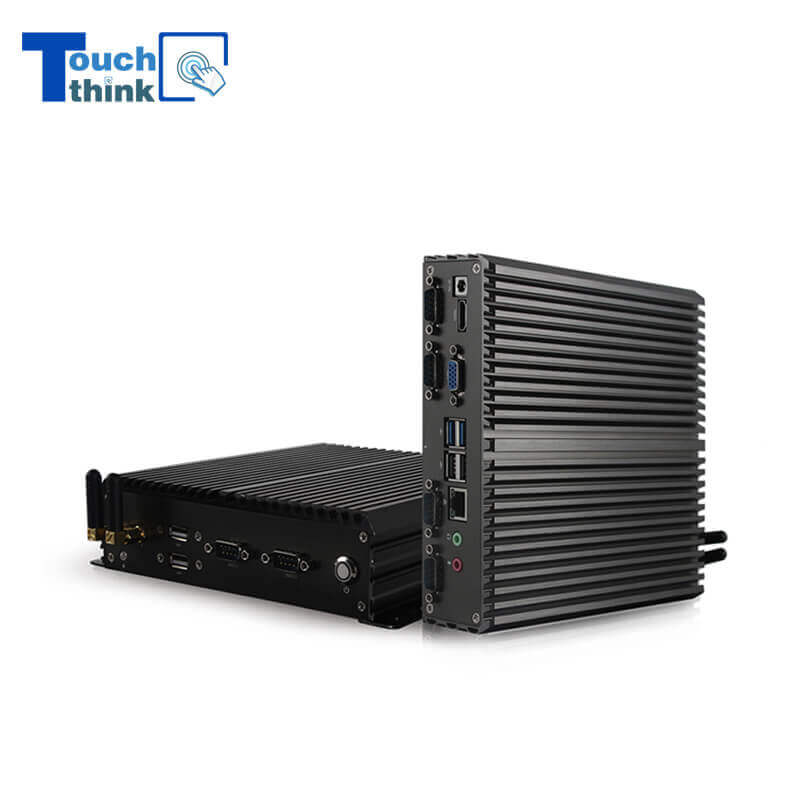
Industrial Mini PC Fanless i3 i5 i7 Industrial Box PC VIEW MORE
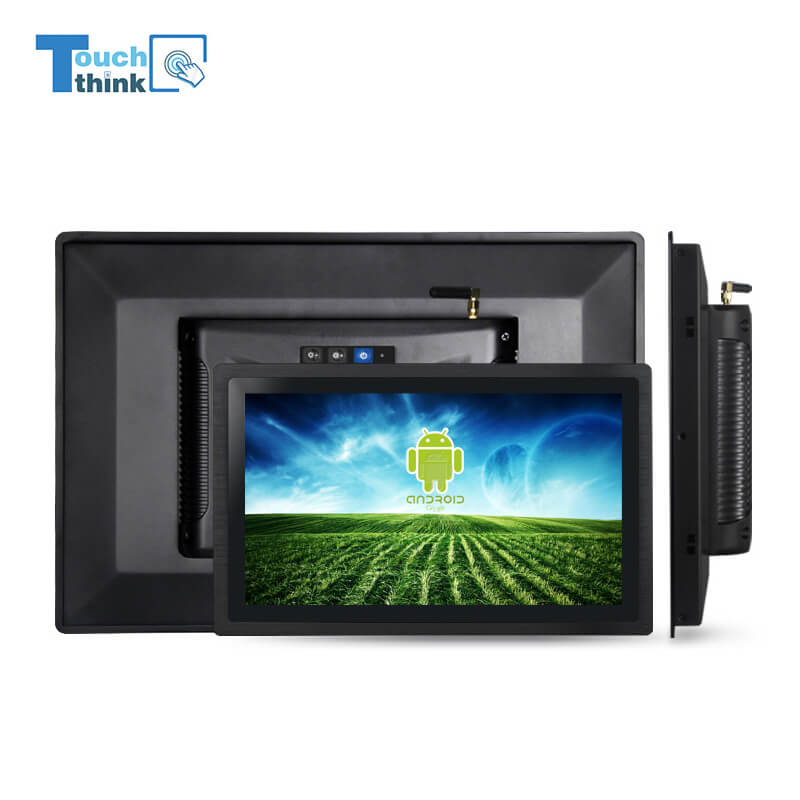
Android 13.0 Industrial Panel PC 21.5 Inch with 4G LTE WiFi Octa-Core For Meeting Room Smart Education VIEW MORE
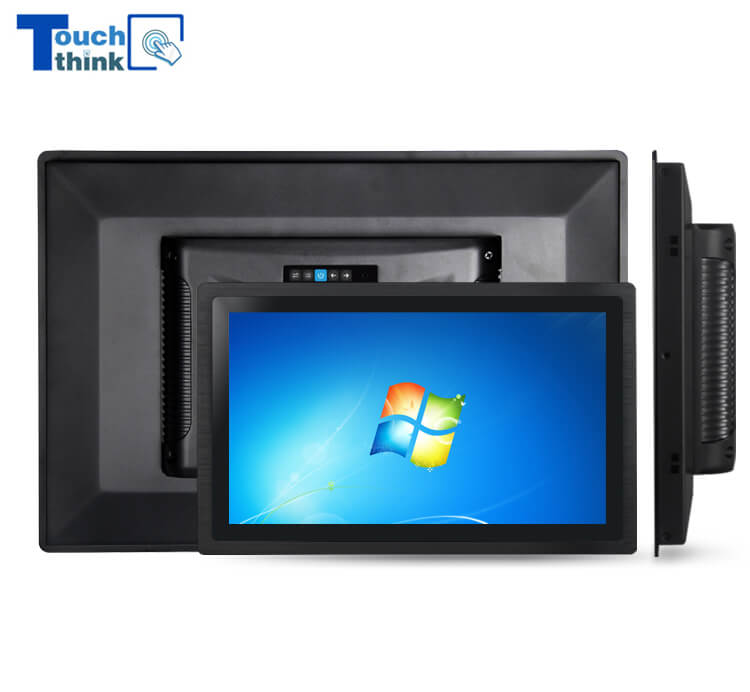
Sunlight Readable Industrial Monitor with Optional Display Size 10.1 inch VIEW MORE
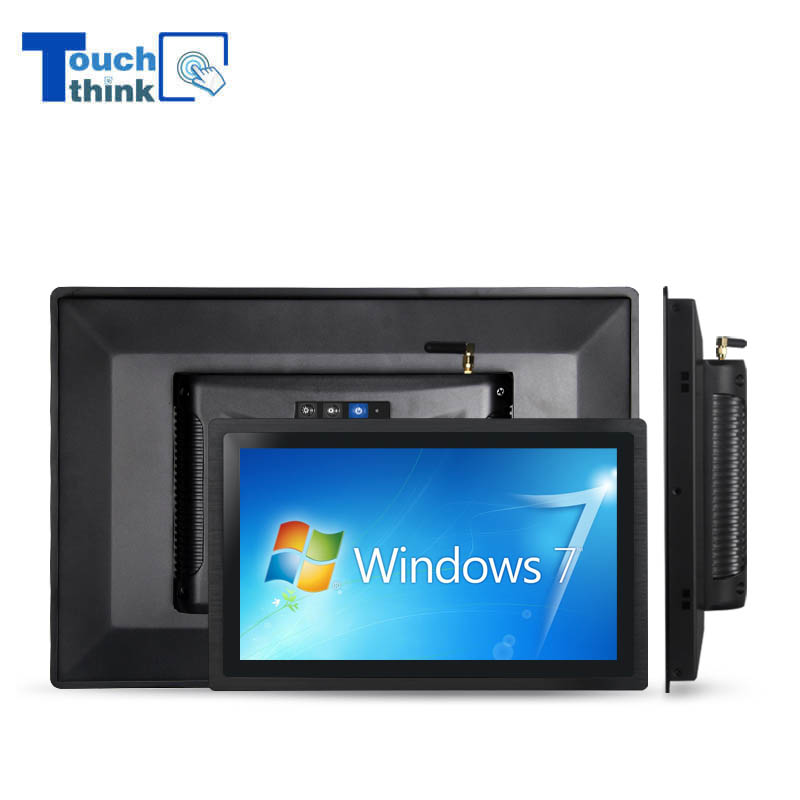
11.6 inch Windows Industrial All in One Panel PC With Touch Screen VIEW MORE
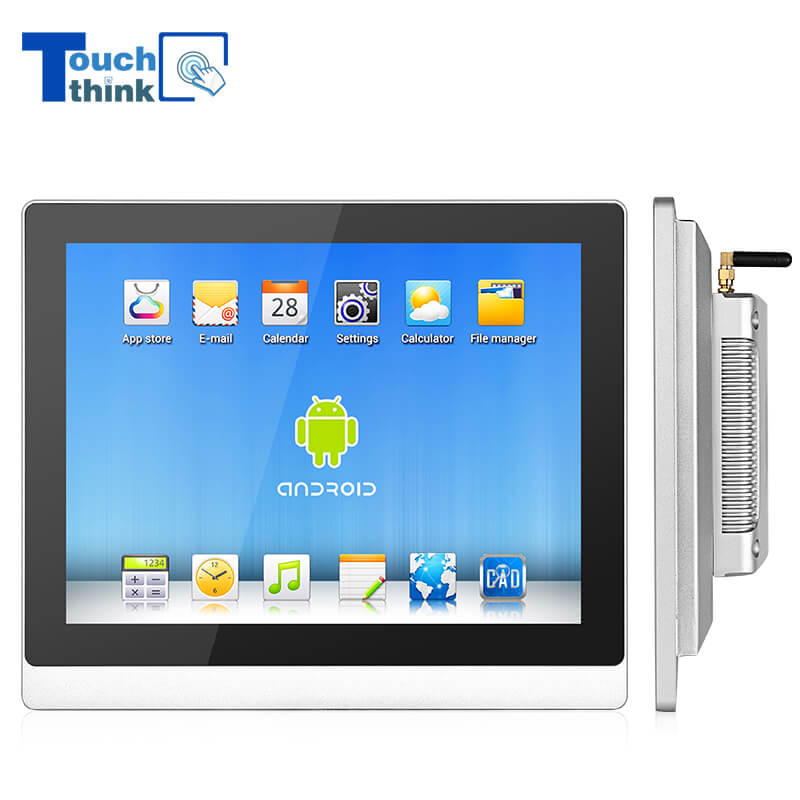
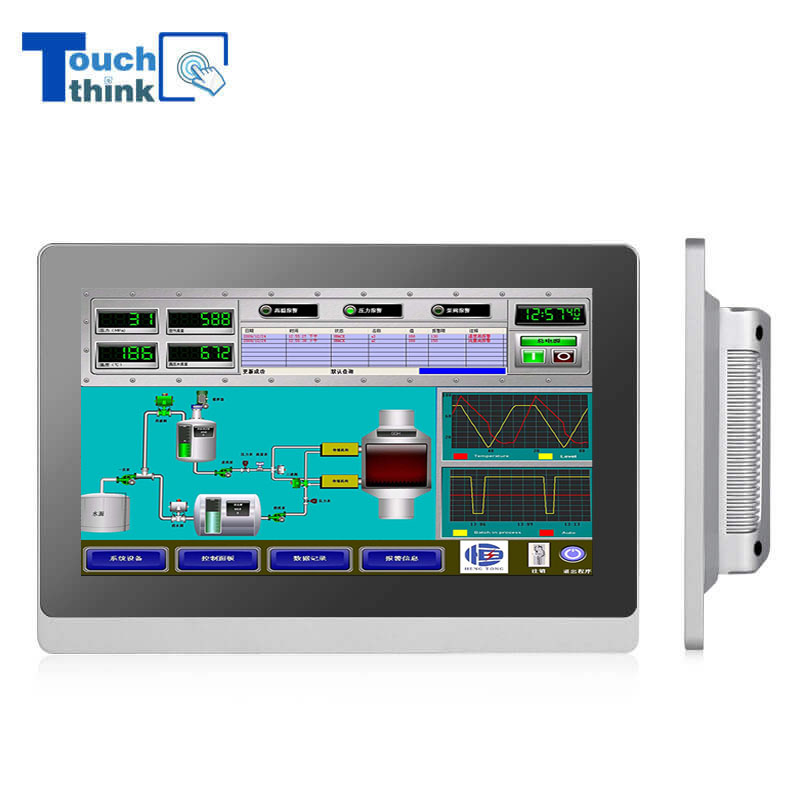
True Flat Capacitive Touch Screen Industrial LCD Monitor IP65 21.5 inch VIEW MORE
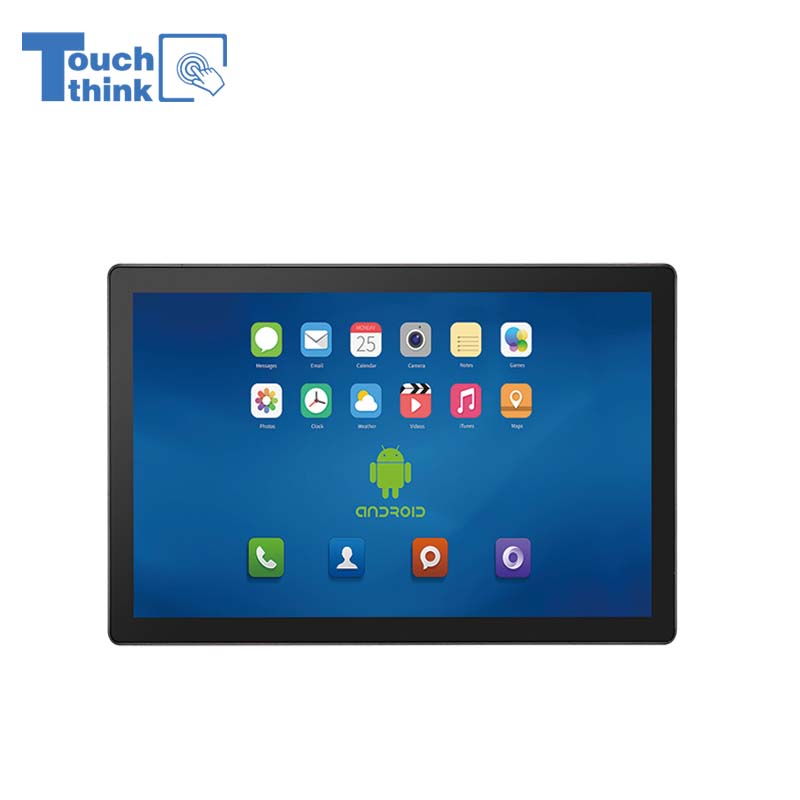
All Weather Android Tablet PC for Public Service Terminals 15.6" VIEW MORE
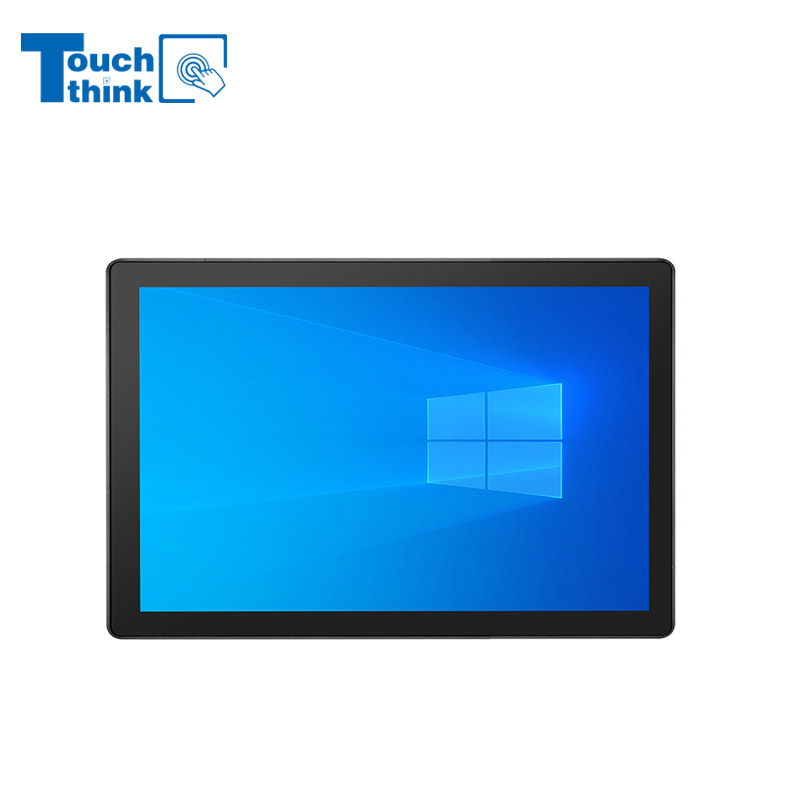

Industrial Android Tablet PC PoE Dual LAN Ethernet Android 12.0 / 7.1 / 9.0 / 10.0 VIEW MORE
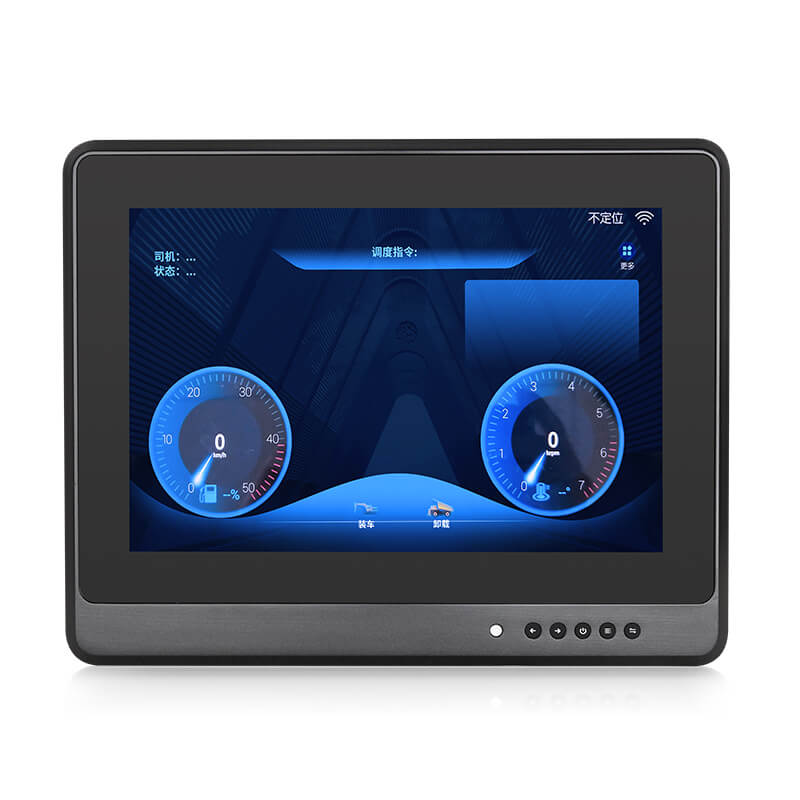
10.1" Vehicle Mount LCD Monitors Vehicle Touch Displays Car Crane Monitor VIEW MORE
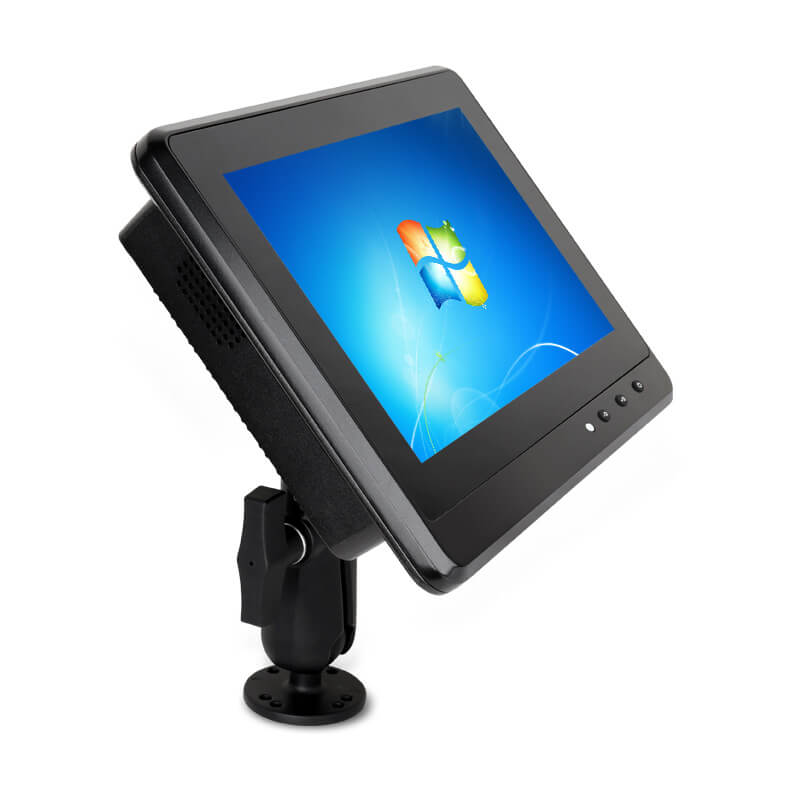
Transportation Panel PC Windows Vehicle Mounted Touch Computers VIEW MORE
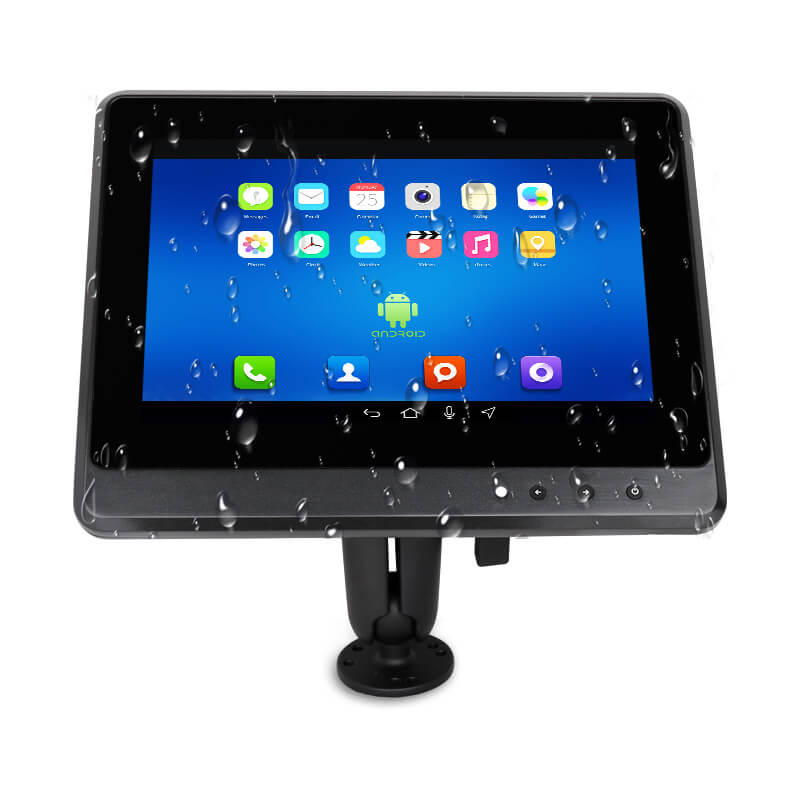
Android In-Vehicle Industrial Panel PC Vehicle AGV Computer VIEW MORE
Skype: live:touchtec
Copyright © Shenzhen Touch Think Intelligence Co.,Ltd. All Rights Reserved Update cookies preferences